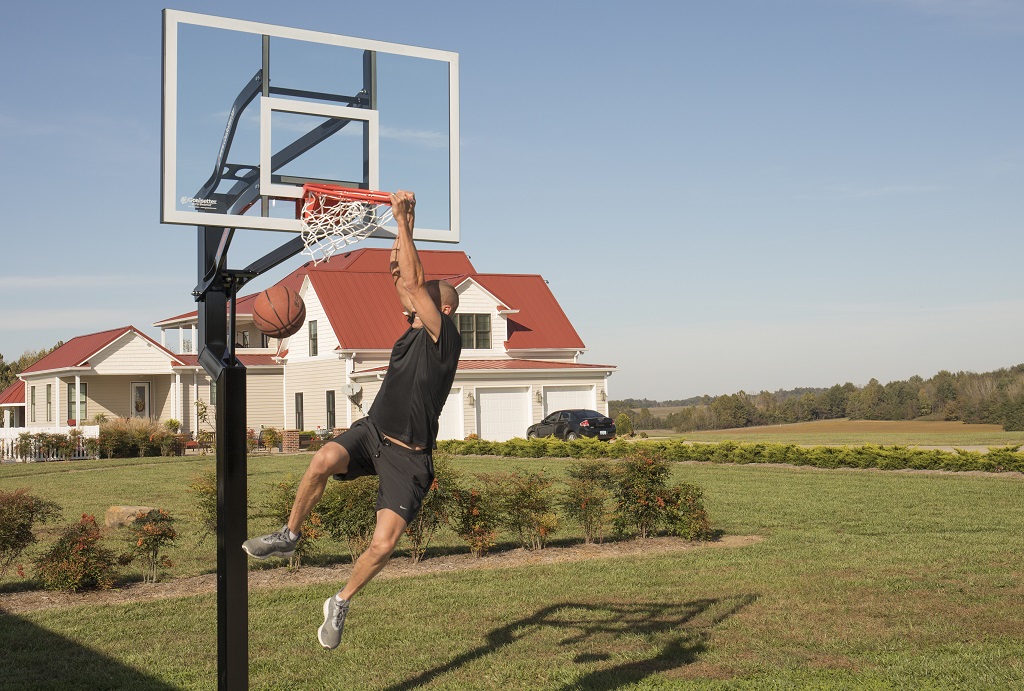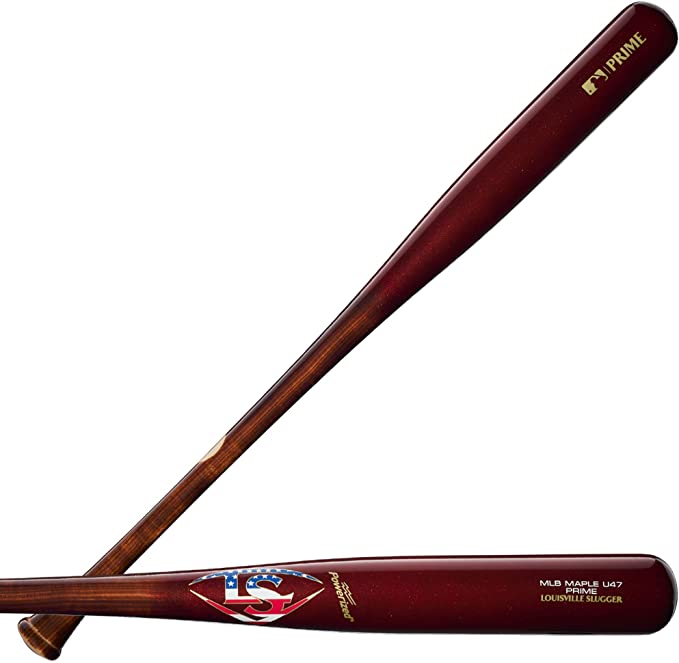Basketball is a team game. The team needs to work hard and communicate to win the game. This communication is not just about the players on the court but also with those on the bench, so they can contribute when needed.
There are many different offensive strategies in basketball. We will focus on nine of them: playing inside out, fast break, dribble drive, flex offense, shuffle, pick-and-roll, swing offense, triangle offense, and Princeton offense. Offensive strategies in basketball are the ones that enable the team to score points.
This section will discuss offensive strategies in basketball and why they are important in the basketball game.
Offensive strategies in basketball
Basketball is when two teams of five players try to score by throwing or “shooting” a ball through the opponents’ hoop. A team can score points by getting the ball into the hoop from the playing area in various ways. These include but are not limited to shooting, rebounding, defending, and goaltending.
Offensive strategies in basketball are the most common strategies used by players. The offense is a fascinating aspect of basketball. The offense’s objective is to outscore the opponent, which can be achieved by getting more points than the opponent in a given time frame.
The most common and effective offensive strategy in basketball is creating an opportunity for a good shot, maintaining spacing on the court, and playing aggressively. Some of these strategies, such as creating opportunities for a good shot, can be done using screens or dribbling.
Using offensive strategies is to get points and win the game. With that, here are the top 9 Offensive strategies that we have considered:
- Pick and Roll Offense
The pick and roll is the most regularly implemented action, and it can be utilized as a continuity or motion offense. A pick and roll happen when one offensive player screens a teammate’s defender with the ball. It occurs when a teammate places their body in front of the defender protecting the basketball player.
Guard generally initiates the pick-and-roll with the ball or a taller, larger player, such as a forward or a center, who sets the pick. It may also be employed in the opposite direction, with a taller player handling the basketball and a smaller player providing the screen, but this is significantly less common.
Pick and roll offense involves a play where a player sets a screen for a teammate near the basket, allowing the teammate to receive an uncontested pass from the screener.
- Playing inside out
The term “playing inside out” is a specific strategy used in basketball. This strategy is a popular trend that teams have used to their advantage. The inside-out game has a basic principle. If your frontcourt can attack a team in the paint, it should potentially free up room for your guards to shoot threes (or drive).
One of the major benefits of playing inside out is that it gives you more time to have control over your ball and makes it easier for you to attack from a wide position. This strategy has become a popular trend because by playing one way instead of another way, you’re putting your opponent in an impossible situation where they don’t know how to guard against
- Dribble Drive Offense
A dribble-drive offense is an offensive strategy in basketball that involves constant dribbling down the court with speed, executing a quick ballhandling move such as a crossover or between-the-legs dribble free up space for a shot before defenders can react.
The Dribble Drive offense is a “four-out” offense, meaning that only one post player (usually the center) plays near the basket, while the other four players play around the three-point line on the perimeter. This type of offense is preferred by coaches who want to push the ball up-court as quickly as possible and players who want to be in control of their destiny.
- Fast Break
This type of offensive strategy is when a team counterattacks on a missed shot by immediately going for the ball and getting a quick score. This is one of the most common offensive strategies, based on running with the ball to an unguarded area of the court. A fast break can be triggered by defensive mistakes like missed shots or turnovers or good offenses like successful penetration into the defense.
The team with possession tries to score before opponents can set up their defense. This strategy is used when teams want to take advantage of their speed and power against slower opponents who they feel they can outrun on foot
- Princeton Offense
The Princeton offense is a basketball approach that focuses on continual movement, back-door cutters, picks on and off the ball, and disciplined cooperation. The team uses perimeter players to weave through defenders and penetrate defenses to create opportunities for high percentage shots at the basket.
It is a balanced offense that emphasizes ball movement. The strategy requires players to be in constant motion throughout the game. The offense consists of back-cuts, constant passing, off-the-ball screens, picks on the way to the basket, and players cutting in front of each other to take advantage of gaps in the defense.
- Triangle Offense
A triangle offense is an offensive strategy that is used in basketball. It is most commonly utilized in the NBA when a team wants to take advantage of shooting percentages during the latter stages of games.
The offense aims to fill the five places, allowing players to pass to four teammates while maintaining appropriate spacing between them. Every pass and cut has a purpose, and the defense dictates everything. It is a popular strategy as it allows players to be the focal point and the other players around them to supply them with passing options.
- Swing Offense
The Swing offense is a strategy that involves switching up offensive players each time the ball is passed to a teammate. The offense relies on the size of the court and the player’s position because it requires four players to be on the same side of the court at all times. It also focuses on passing the ball to teammates near each other to keep them synchronized with one another.
The Swing Offensive is a versatile offense that relies heavily on spacing, screening, cutting, and passing to succeed. As the name suggests, the offense’s goal is to get the ball from one half of the court to the other – and back again.
- Flex Offense
A flexible offense in basketball refers to teams capable of playing in a variety of ways, often by adapting their defenses to the opponents’ offense. It’s a structured offense that uses “flex cuts” across the key and “down screens” to produce a “pick-the-picker” motion.
The Flex offense is a motion-style offensive system where players can dribble, pass, and cut to either side of the court as long as they are on the perimeter of the key. This style also allows for quick changes in ball movement, allowing players to score from anywhere on the playing field.
- Shuffle Offense
A shuffle offense in basketball is a free-flowing offense that is coordinated, with no set plays. The offense is structured around the decisions of the players on the court. In the shuffle offense, each of the five shuffle positions is rotated by all five players.
As a result, a team with good ball-handlers but no height or a strong dominant postman would profit from this system. The shuffle offense is often used when a team needs to score quickly or when they need to find an open player who has had their shot blocked by the defense.
Is it possible for basketball players to choose any strategy they want?
In basketball, players have a variety of strategies to choose from. There are several constraints on what procedures a player can adopt. For example, the player’s mindset and personality might determine their decision-making. Or a player may be constrained by environmental factors such as time and space.
The answer is no; the association creates certain rules to ensure that each team has their fair share of time with ball possession. Strategies are designed to be followed and executed in a certain way. Strategies that are not executed the way they were designed will not get the desired outcome that was expected.
With every game comes different constraints and limitations which prohibit certain strategies from being viable. To make sure that they fully understand the different approaches, players should know about the different basketball strategies available. They should also know about the benefits and disadvantages of each strategy.
Why is offensive strategy important in basketball?
The game of basketball has changed over the years. The offensive strategy has become critical for success. One of the most important aspects of excellent gameplay is having a sound plan. A team with good strategy will be lost and devoured by the opposite squad on the floor. It’s also critical for a team to switch up its playing style.
An offensive strategy is important in basketball because it lets the players know where they are supposed to be on the court. It also tells them what to do when they get there. An offensive strategy is all about attacking, so it’s an aggressive way of playing the game. An offensive strategy is important because it can determine how games are won.
Furthermore, offensive strategy is that aspect of a team’s play that deals with gaining possession of the ball and scoring points. A team’s offensive strategy typically includes:
- Decisions about an opponent’s defense.
- Creating a plan to attack a defender.
- Creating a scoring opportunity.
- Managing an offensive player’s self-control or emotions.
Specifics about what needs to be done at any given time in a game depend on the players’ skill level, experience, and overall tactical style.






